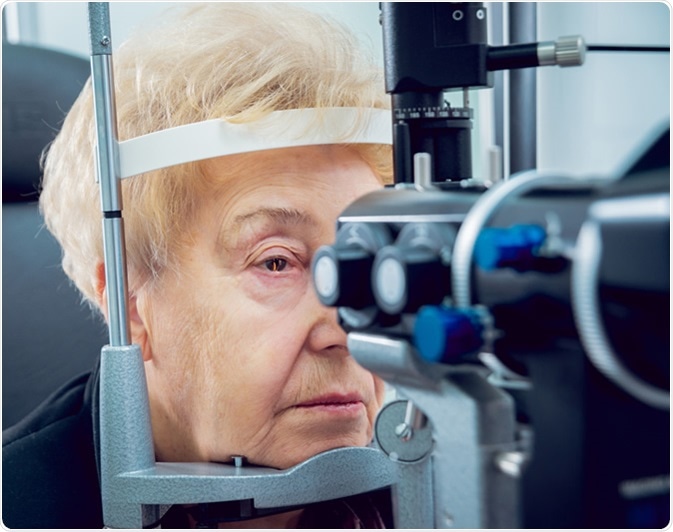Skip to

Image Credit: Romaset / Shutterstock
Ametropia refers to a group of visual disorders caused by errors in the refractive power of the eye. In a normal eye (emmetropic eye), light rays focus directly on the retina, whereas in ametropia, the light rays are not able to do so. As a result, the vision becomes blurred.
The normal refractive power of the eye is about 63 diopters, about 43 diopters of which is contributed by the outermost layer of eye (cornea) and the remaining 23 diopters of which is contributed by the lens. Normal ocular axial length is around 23.5 mm.
Ametropias are present as either spherical ametropias or axial ametropias and can exist in isolation or in combination with other disorders.
Axial Ametropia
Axial ametropia is caused by alterations in the length of the eyeball. In this form of ametropia, the refractive power of the eye is normal, but due to the altered eyeball length, light rays are not focused directly on the retina. Axial ametropia can lead to the development of myopia or hyperopia.
Hyperopia is caused by decreased ocular axial length, whereas an increase in ocular axial length is held responsible for the development of myopia. Deviations in axial length make the focusing process difficult and hence cause problems in vision.
Axial Myopia
Myopia is the most common form of ametropia. It is also termed near-sightedness; as a person with myopia is unable to see distant objects. Myopia is caused by an increased ocular axial length.
In myopia, the light rays from far off objects focus in front of the retina. This leads to the appearance of a blurred image.
The extent of myopia determines the distance from which the affected person can visualize objects clearly. For example, a myopic person with -1 diopter can see objects clearly (without glasses) at a 1-meter distance.
Concave lenses (minus lenses) are usually recommended to correct myopia.
Axial Hyperopia
Hyperopia is rare compared with myopia. It is also termed far-sightedness, as the condition makes it difficult to visualize nearby objects.
In hyperopia, the light rays instead of focusing on the retina are focussed behind the retina. This leads to the development of blurred images.
With constant accommodative effort, the refractive problem in hyperopia can be compensated; however, the approach is associated with headache and tiredness.
Convex lenses (plus lenses) are usually recommended to correct hyperopia.
What is the difference between axial and refractive myopia?
Even though both forms of myopia create a focal point in front of the retina, there are certain characteristic features which distinguish the two.
In axial myopia, there is no error in the refractive power of the eye; the main causative factor for axial myopia is the elongated eyeball. The refractive power in axial myopia is normally around about 60 diopters.
On the other hand, in the refractive form of myopia, the refractive power is usually higher than 60 D. This is strong enough to cause vision problems. It should, however, be noted that there is no alteration in ocular axial length in refractive myopia.
Further Reading
Last Updated: May 21, 2019